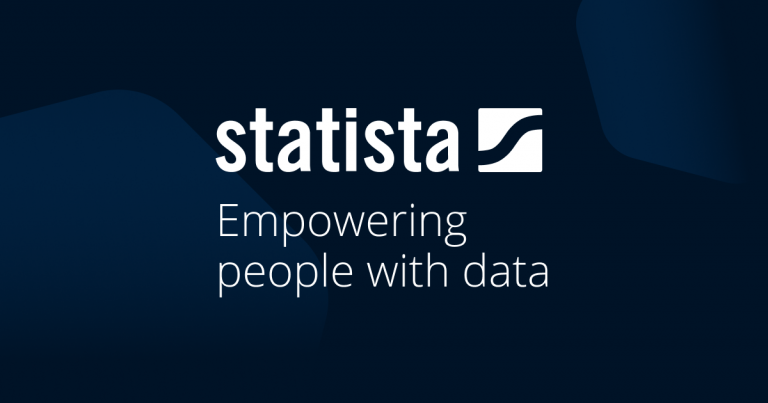The clothes we wear are highly personal – they express our mood, identity and background – and are also influenced by global trends in economy, sustainability and pop culture. Manufacturers and retailers try to anticipate and even influence these trends to gain an advantage in the market.
.
Where does our fashion come from?
The United States and China generate significantly more revenue than any other country. It is therefore not surprising that the same two countries play a key role in international trade. In 2022, the United States was second only to the EU in apparel imports. China topped a ranking of apparel exports dominated by Asian countries. As sustainability concerns grow, European and US retailers may face greater pressure to bring production closer to home.
Luxury vs. Sportswear
The apparel market is dominated by large companies. Nike has been a standout performer, with a brand value of approximately $75 billion in 2023, the highest brand value among mass apparel brands. Moët Hennessy Louis Vuitton (LVMH) is also a significant player. LVMH has the highest market capitalization of all apparel companies in December 2023, at approximately $400 billion.
Some might think of luxury fashion houses and sportswear companies as representing two extremes in fashion. But as athleisure grows in popularity, the distinction between the two categories is becoming increasingly blurred. In fact, Louis Vuitton has collaborated with Nike on sneakers, with Nike hoping to cash in on LVMH’s cachet. In return, Louis Vuitton is leveraging the popularity of the sportswear company.
How fashion executives are preparing for change
Recent experience shows that supply chain issues, inflation and other economic factors can disrupt the apparel industry. Industry executives are divided on how they expect the global fashion market to change in 2023. Only about a quarter of experts are optimistic about the outlook for 2024.
This text provides general information. Statista assumes no responsibility for the completeness or accuracy of the information provided. Due to different update cycles, the statistics may show more current data than those referenced in the text.


